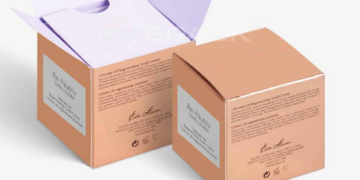If you’ve ever marveled at the rich, warm tones of classical paintings, chances are you’ve encountered the enchanting allure of Titian Artist Sepia. This unique color palette not only evokes a sense of nostalgia but also captures the essence of timeless artistry. Whether you’re an aspiring artist or simply someone who appreciates beauty in all forms, understanding Titian Artist Sepia can deepen your appreciation for art and inspire your own creative endeavors. Let’s dive into this captivating world and explore everything there is to know about this stunning hue!
Table of Contents
The History of Titian Artist Sepia
Titian Artist Sepia has roots that stretch back centuries. Named after the renowned Venetian painter Titian, this sepia tone captures the essence of his rich palettes and warm hues.
Originally derived from the ink sac of cuttlefish, sepia was used by artists long before modern synthetic pigments emerged. Its unique browns were favored for their ability to evoke depth and nostalgia in artwork.
During the Renaissance, it became a popular choice among painters striving to replicate nature’s subtleties. Artists like Titian harnessed its warmth to create lifelike portraits and evocative landscapes.
As time progressed, sepia evolved into various forms. Today’s artists utilize both traditional techniques and digital methods to achieve this classic look while paying homage to historical practices. The allure of Titian Artist Sepia remains timeless in art culture, blending history with modern creativity effortlessly.
Characteristics and Uses of Titian Artist Sepia
Titian Artist Sepia is renowned for its warm, earthy tones. This pigment captures a nostalgic essence that adds depth to any artwork.
Its rich brown hue often evokes feelings of warmth and comfort. Artists appreciate how it harmonizes beautifully with other colors, allowing for stunning blends and gradients.
This versatile medium is commonly used in portraiture, landscapes, and still life compositions. Its ability to create soft shadows enhances realism without overpowering the main subjects.
Moreover, Titian Artist Sepia serves well in sketching and underpainting techniques. It lays a strong foundation upon which vibrant layers can be built.
Whether applied through washes or fine details, this pigment stands out for its adaptability across various styles. Artists find endless possibilities when incorporating this classic sepia tone into their creative process.































